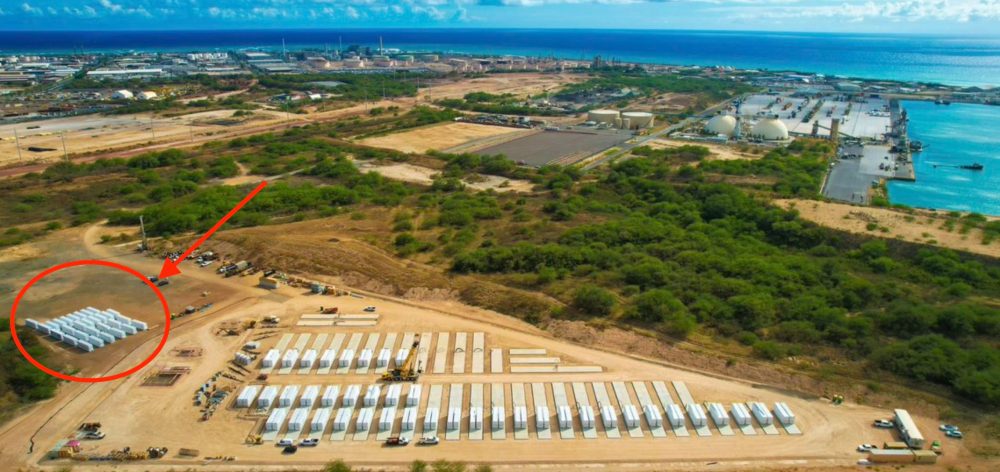
Tesla Megapacks arrive in Hawaii with the state’s last coal shipment as it shifts its grid to renewables supported by energy storage enabled by batteries like the Megapacks.
In the transition to a sustainable energy economy, we take every small victory we can get and this one is significant.
Hawaii aims to reach 100% green energy by 2045 and already has the highest amount of solar capacity deployed per capita. However, in order to handle all that renewable energy, the state needs to balance it with energy storage capacity since the sun doesn’t always shine.
Tesla has been deploying batteries in Hawaii for years in order to help toward that goal. The company works with Hawaiian Electric on giant new battery systems and on a virtual power plant using Powerwalls.
Earlier this year, we reported that Tesla is deploying Megapacks at a new energy storage project that will replace Hawaii’s last remaining coal plant.
Today, Tesla CEO Elon Musk reported that some Megapacks for the projects were delivered at the same time as Hawaii received its last coal shipment:
The port where the coal shipment came is located right next to the Kapolei Energy Storage facility (KES).
You can see on the image shared by Musk that more recently delivered Megapacks are sitting waiting to be installed:
Once completed, the Kapolei Energy Storage facility (KES) will become one of the largest battery systems in the world with a capacity of 185 megawatts/565 megawatt-hours. It is a project in partnership with Plus Power and Hawaiian Electric – the former decided to use Tesla Megapacks to power the system.
In total, it is expected to have 158 Megapacks.
When we last reported on the project in June, it was supposed to be operational by September 2022 when Hawaii’s last remaining coal plant, which is located just down the road from KES, is expected to be retired.
The coal power plant is used to maintain grid frequency – something Tesla’s energy storage products have proven capable of doing – and that’s what KES is aiming to do along with absorbing excess solar power during the day and discharging during the evening.
Now it looks like Tesla and its partners have some pressure to finish the project in time since the coal plant is apparently going to start burning its last shipment of coal.
FTC: We use income earning auto affiliate links. More.
Subscribe to Electrek on YouTube for exclusive videos and subscribe to the podcast.







